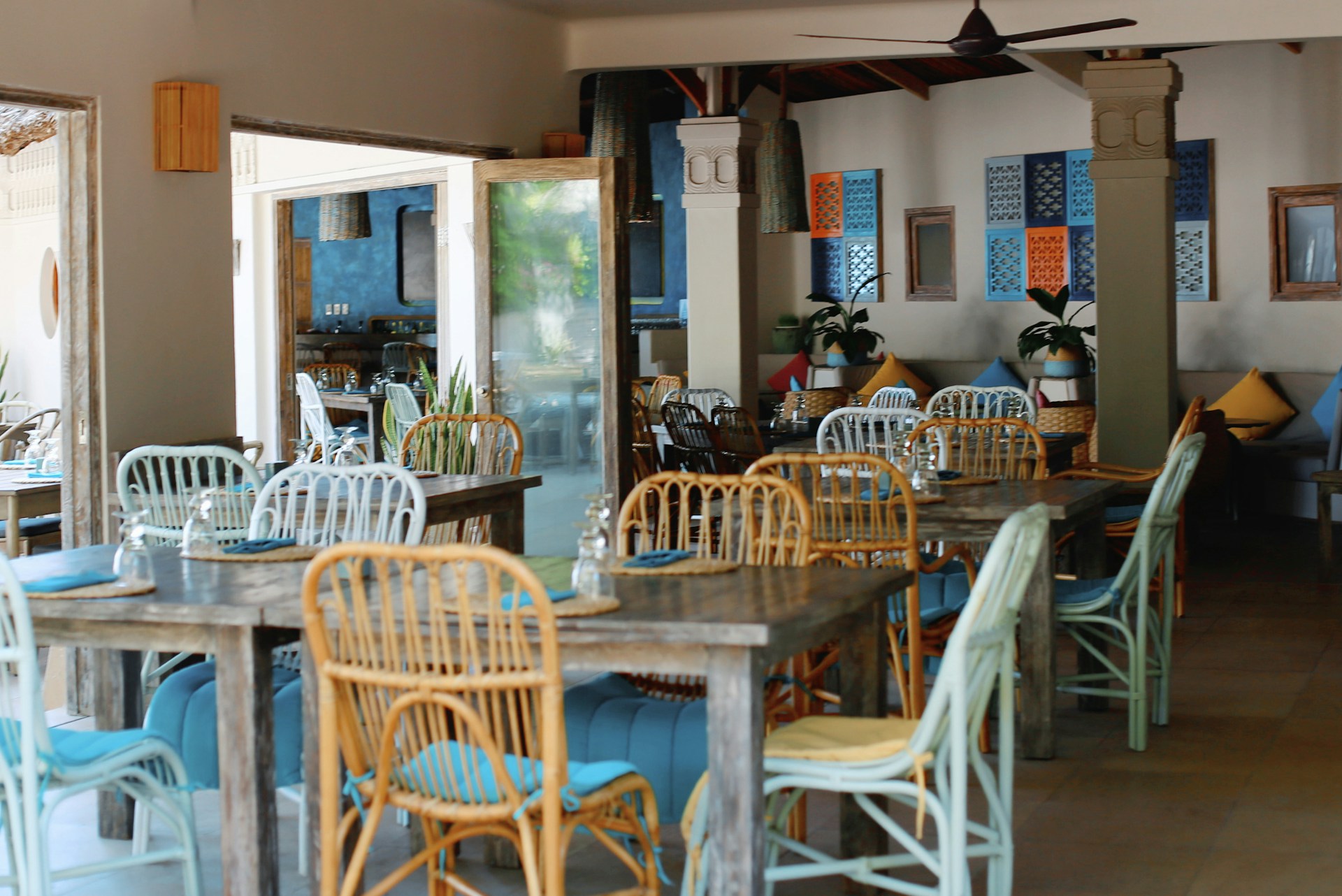In the bustling world of hospitality, you understand that the revenue of your hotel is highly dependent on the season. The fluctuating nature of hotel demand is a common phenomenon, especially in resort restaurants. Juggling between lean and peak seasons could be strenuous, but with the right strategies, you can keep your sales soaring. Peak demand periods like the holidays pose a daunting challenge. You have to ensure you consistently meet the needs of your guests, maintain superb customer satisfaction, and maximize revenue. But, how can you effectively manage the rush of the peak season in your resort restaurant? This article offers invaluable insights into the best strategies to handle peak holiday demand in a resort restaurant.
Utilize Advanced Booking Strategies
Advanced booking can be an effective strategy in handling peak holiday demand. Early bookings help anticipate the number of guests to expect, which aids in planning for inventory, staffing, and space management. It also minimizes the level of uncertainty associated with peak seasons.
Topic to read : What safety measures are essential when installing a wood-fired pizza oven in a restaurant?
Offering incentives for early bookings could encourage guests to make reservations ahead of time. These incentives could range from discounts, complimentary services, to freebies. You might think that offering discounts would decrease your revenue, but the reality is that it helps improve your occupancy rate even during off-peak periods. Furthermore, it helps create a sense of loyalty among customers who will likely patronize your services in the future.
Implement Dynamic Pricing
Dynamic pricing is another strategy that is gaining popularity in the hospitality industry. This pricing strategy involves varying prices based on demand and other factors. During peak seasons when demand is high, you can slightly increase your prices. This not only helps increase revenue but also manages the flow of guests, ensuring that your restaurant is not overbooked.
Also read : How can acoustic panels be designed into a restaurant without detracting from its aesthetic?
However, it’s crucial to strike a balance when implementing dynamic pricing. Exorbitantly high prices could turn off potential guests. Therefore, you should conduct a thorough market analysis to understand what your customers are willing to pay and set your prices accordingly.
Enhance Staff Training and Management
High guest turnover during peak seasons can strain your staff, potentially leading to a decrease in service quality. You must ensure that your staff members are adequately trained and prepared to handle the increase in workload.
Consider providing additional training for your team before the holiday season starts. Enhance their skills in customer service, time management, and conflict resolution. Additionally, ensure there is enough staff to handle the demand. This might involve hiring temporary staff during the peak season.
Optimize Your Menu for Efficiency
The menu is the heart of a restaurant. However, during peak demand periods, an extensive menu can be more of a pain than a benefit. When your restaurant is bustling with guests, your kitchen staff should be able to prepare meals quickly without compromising quality.
Optimizing your menu involves selecting dishes that are quick to prepare and popular among guests. This will help reduce the wait times and keep your guests satisfied. Consider also offering ‘pre-order’ options for large groups to help manage kitchen workload.
Leverage Technology for Efficiency
Finally, technology can help streamline operations and increase efficiency during peak demand periods. A robust restaurant management system can handle bookings, track inventory, generate sales reports, among other tasks.
For example, a user-friendly online booking platform can simplify the reservation process and enhance the guest experience. A digital menu can also be beneficial, allowing guests to place orders directly from their smartphones, reducing the workload for your staff.
In conclusion, handling peak holiday demand in a resort restaurant requires careful planning and strategic management. By implementing these strategies, you can maximize your revenue, enhance customer satisfaction, and ensure your operations run smoothly during the holiday season.
Boost Revenue with Revenue Management Systems
One of the most effective strategies to handle peak holiday demand is to invest in a robust revenue management system. A revenue management system, or RMS, is a software solution that helps businesses analyze historical data, understand market trends, and forecast demand. With this information at your fingertips, you can make informed decisions about your pricing strategies, inventory management, staffing needs, and more.
In the context of a resort restaurant, an RMS can provide valuable insights into customer behavior and preferences, helping you optimize your offerings. For example, if your data shows a spike in demand for certain dishes during the holidays, you can prioritize these in your supply chain to ensure you’re adequately stocked. Conversely, if some dishes aren’t selling well, you can adjust your inventory accordingly to minimize waste and maximize revenue.
Furthermore, an RMS can help you manage seasonal fluctuations effectively. By analyzing trends from previous years, you can predict when the peak season will start and end, allowing you to prepare in advance. You can also use this data to fine-tune your season pricing, helping you attract more guests during the low season and maximize profits during the high season.
Remember, the goal of revenue management is not just to increase hotel sales, but also to enhance the guest experience. By understanding your customers’ needs and expectations, you can tailor your products and services to meet them, leading to higher customer satisfaction and loyalty.
Incorporate Customer Service Excellence
Another vital aspect of handling peak season demand is ensuring your team delivers excellent customer service. During peak seasons, your guests will likely be more stressed and impatient due to the high demand and long waiting times. As such, it’s essential to equip your staff with the skills and knowledge to handle these situations gracefully.
Consider investing in regular customer service training programs, which can cover topics like empathy, active listening, and problem-solving. This will help your staff interact with guests in a professional and friendly manner, even under pressure.
Additionally, it’s crucial to have enough staff on hand to cater to the influx of guests. You might need to bring in temporary workers or adjust your current staff’s schedules to ensure you’re adequately staffed during peak hours.
Lastly, remember to recognize and reward your team’s hard work. A simple "thank you" or a small token of appreciation can go a long way in boosting morale and motivating your staff to do their best, even during the busiest times.
In Conclusion
In the hospitality industry, peak seasons can be both a blessing and a curse. While they bring in a surge in hotel revenue, they also pose significant challenges in terms of demand management. However, by leveraging advanced booking strategies, dynamic pricing, enhanced staff training, menu optimization, technology, revenue management systems, and excellent customer service, you can turn these challenges into opportunities.
Remember, the key to successful peak season management lies in careful planning, strategic decision-making, and constant adaptation. By staying vigilant and responsive to the ever-changing market dynamics, you can ensure your resort restaurant sails smoothly through the bustling holiday season, keeping your guests happy and your profits high.






